Mendocino National Forest Fuel Reduction Partnership: Smokey Project
The Mendocino National Forest Fuel Reduction Partnership: Smokey Project (Project) is a collaboration between the Mendocino National Forest (MNF), private landowners within the Forest and the Glenn County Resource Conservation District (RCD). The overall Smokey Project is a landscape-scale land management project comprised of 7,059 acres of fuels reduction treatments and prescribed fire units, which will ultimately lead to healthy forest stands and prevent or reduce the devastation of wildfires as well as pest-related mortality. In addition to mechanical thinning, the larger project design includes prescribed fire to be used as well as restoration in meadow areas.
Initially the partners focused on 636 acres of mechanical thinning which created a more resilient landscape by working to 1) concentrate carbon storage in widely spaced and larger trees that are more resilient to wildfire, drought, and insect attacks and 2) reduce the likelihood of wildfire transition into the forest canopy. The project reduces greenhouse gas (GHG) emissions, strengthens the economy and improves public health and environment for the community to achieve California Climate Investment (CCI) goals.
Smokey Project Story Map
Project Timeline
2012, NEPA completed.
March 2020, the Glenn County RCD received a CAL FIRE Forest Health (CCI) Grant. The Mendocino National Forest and the Tehama-Glenn Fire Safe Council both contributed match funds.
April 2020, the Glenn County RCD and the Mendocino National Forest entered into an agreement for the RCD to implement the project.
June 2020, the Glenn County RCD released a Request for Proposals.
July 2020, the Paul Roen Company was selected as the most qualified proposal coming in under Glenn County RCD’s budget; The Paul Roen Company sub-contracted to Diversified Resources, Inc.
Mid-August 2020, The August Complex fire started; containment was not reached until Mid-November. During this time the fire and project area was monitored, with the fire ultimately impacting the project area.
October 2022, implementation of the Smokey Project began. Many factors delayed progress, e.g. Covid and other nearby wildfires in 2021. In total 240 acres was completed.
September 2023, implementation continued; the remaining 396 acres was completed.
Through on-going communications with CAL FIRE, the MNF and Diversified Resources, Inc., the partnership was able to complete the project on time and within budget. In addition, due to rapid regrowth in one area of the project, 52.5 acres of the project completed in 2022 was re-treated in 2023.
636 acres fuels reduction implemented, plus 52.5 acres re-treated for a total of 688.5 acres!
Glenn County RCD and partners will continue to monitor the project area through photo monitoring and GIS mapping. The Mendocino National Forest will continue to monitor the area for additional fire related impacts. The August Complex fire had a devastating impact on the forest; luckily, the success of this project created a project template that may be used in other black forest areas.
Future
Not only will the partners continue to monitor the initial project area, they will seek additional funding opportunities to implement the other Smokey Project design components which have already been NEPA approved.
Pre-Project Implementation




















Post-Project Implementation


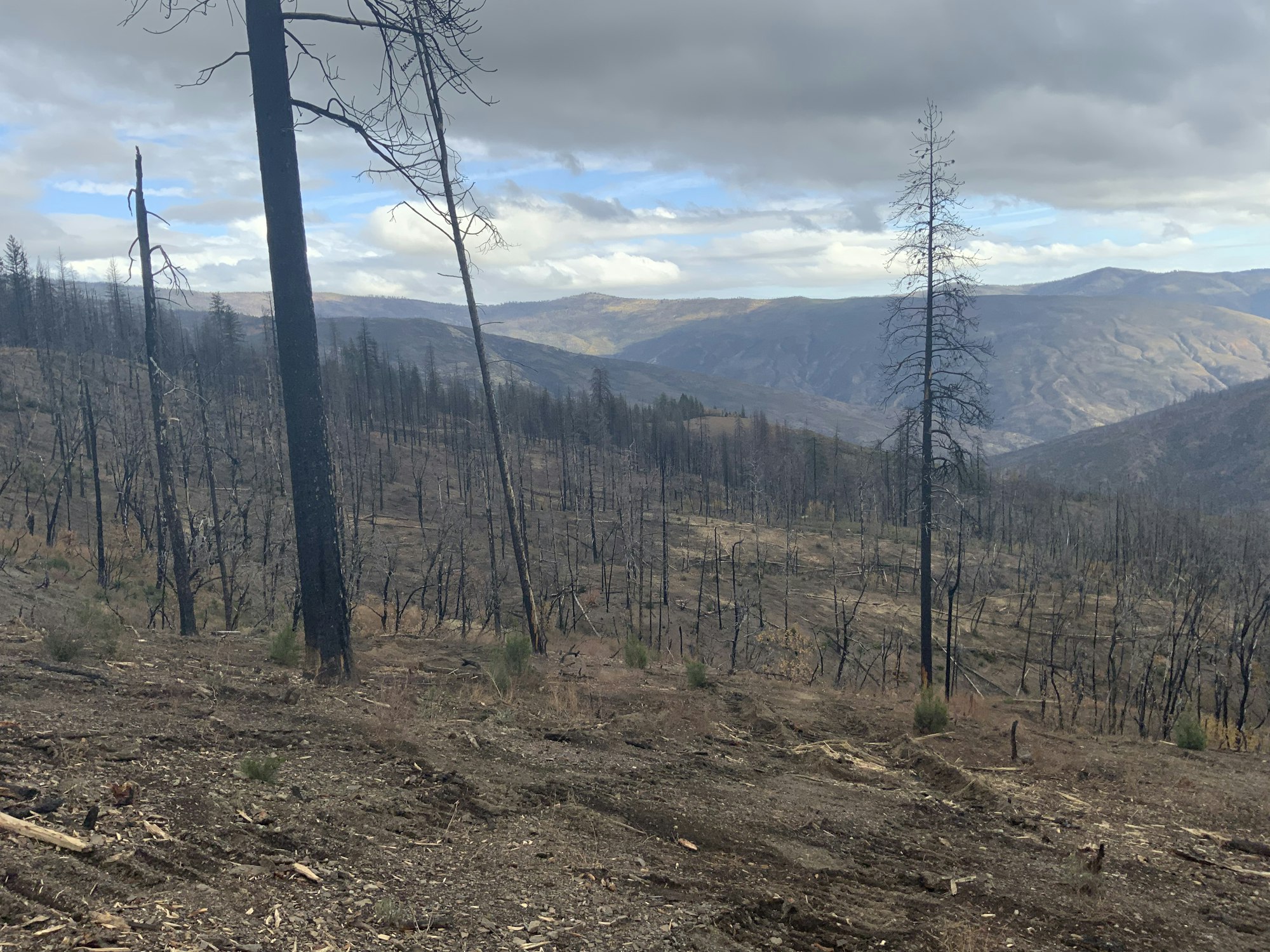
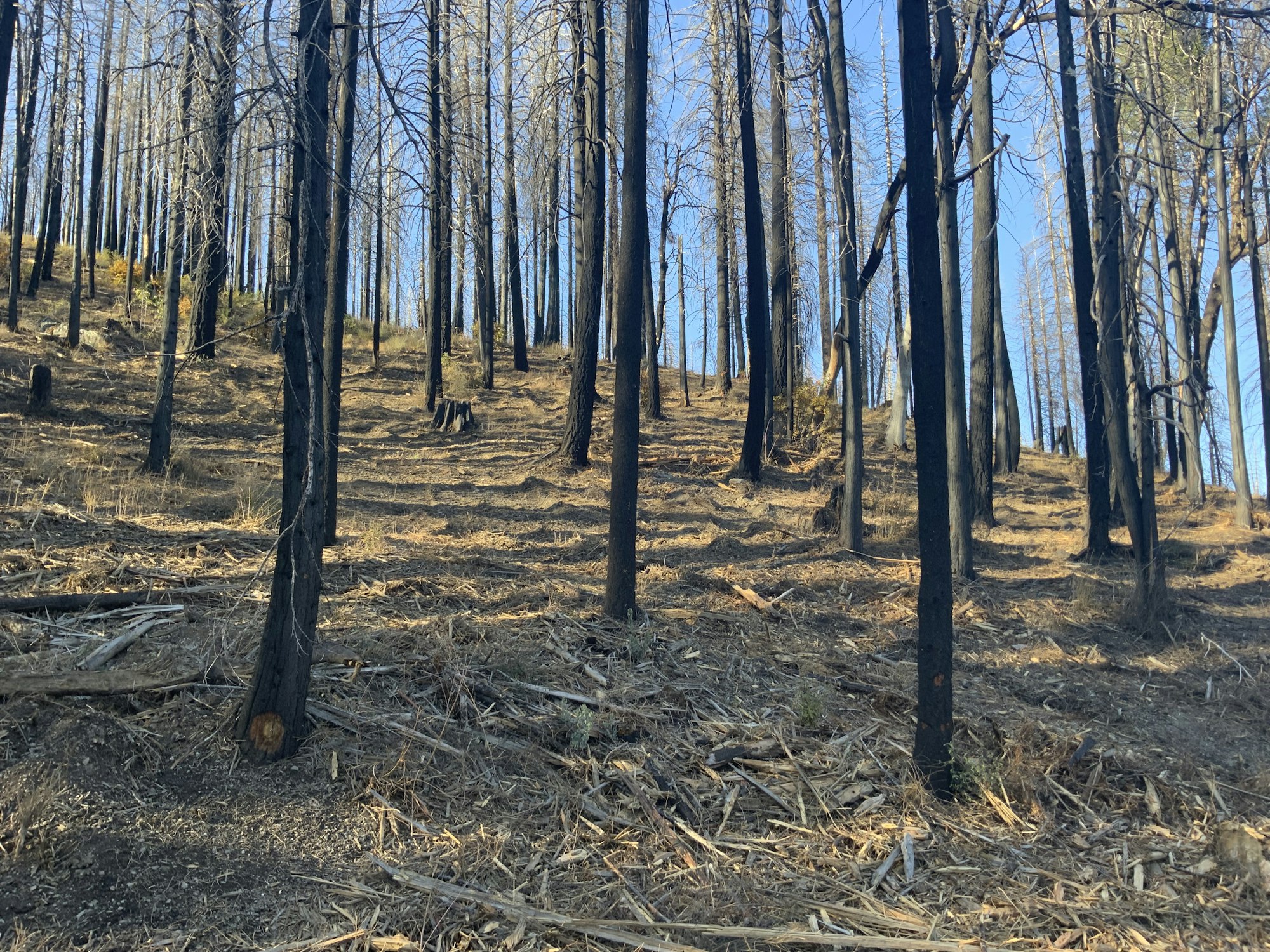
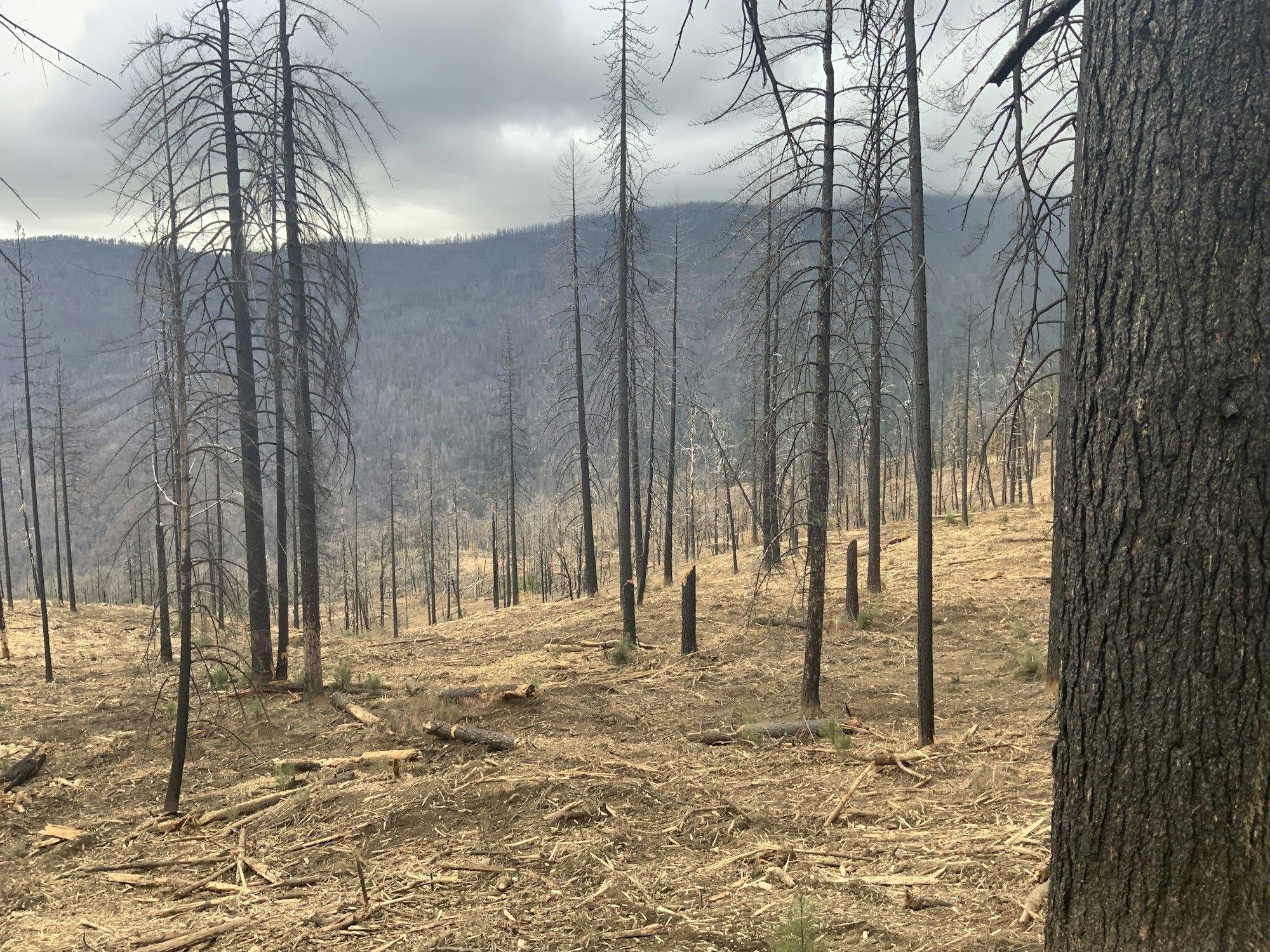

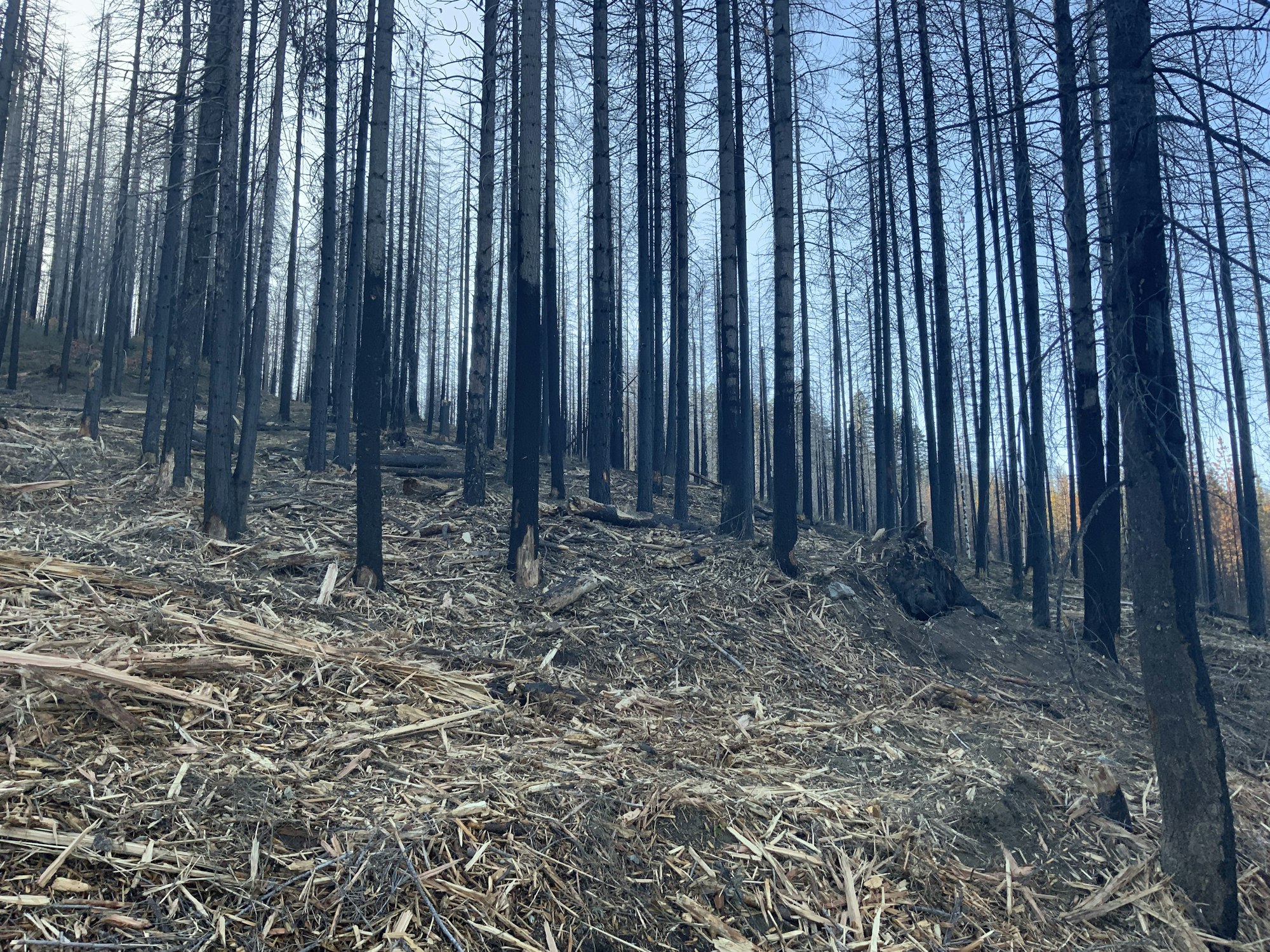
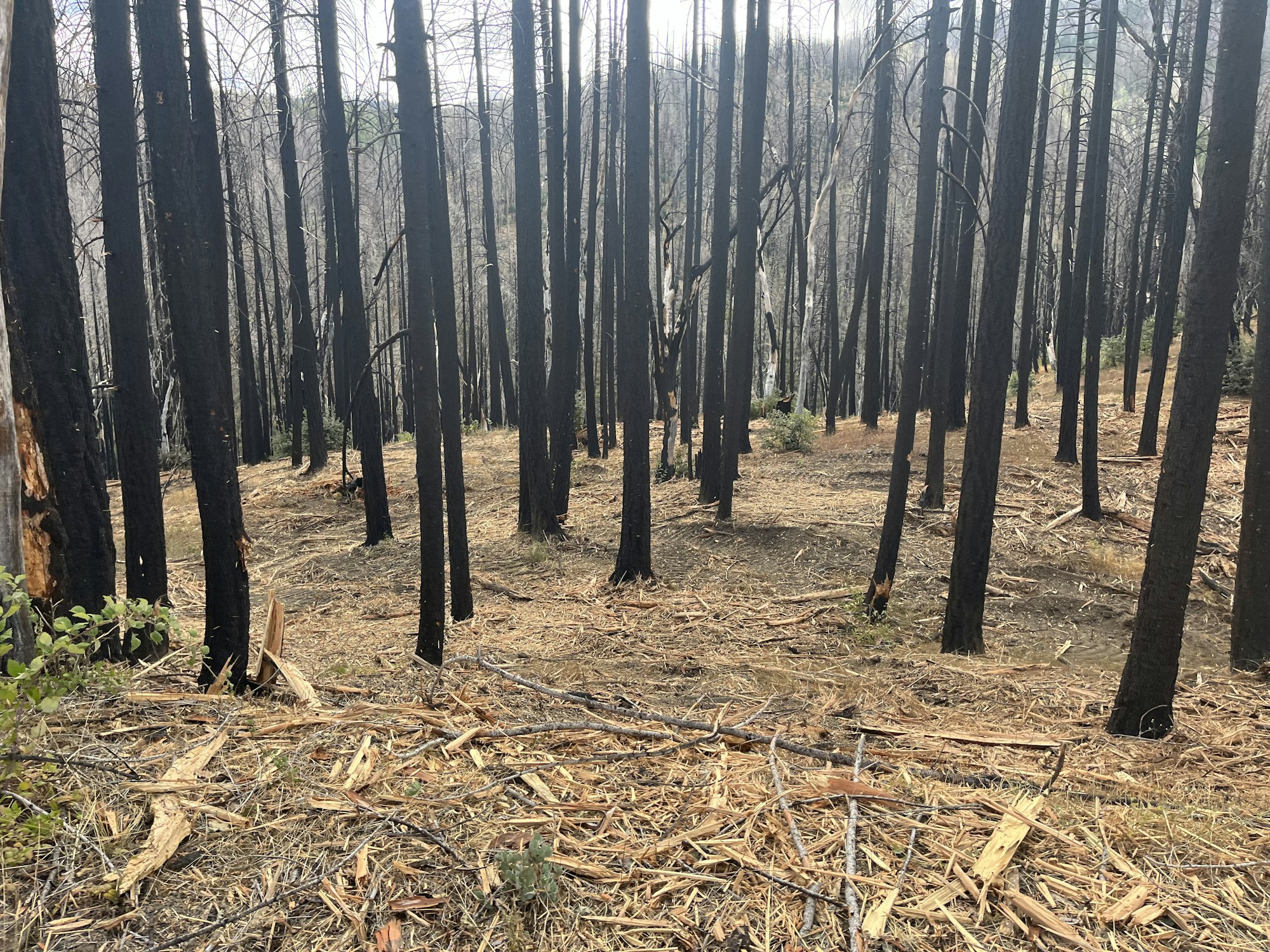
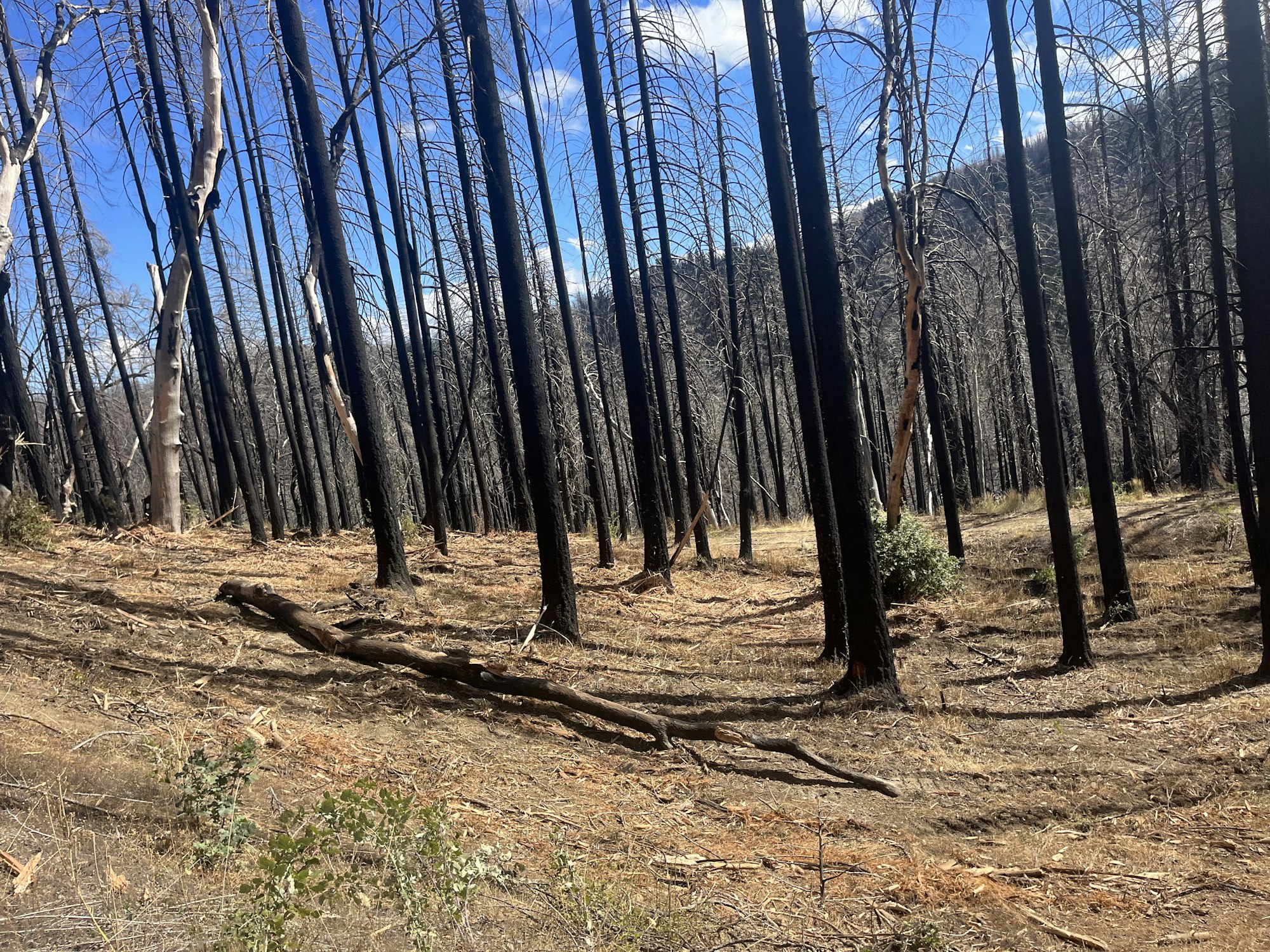
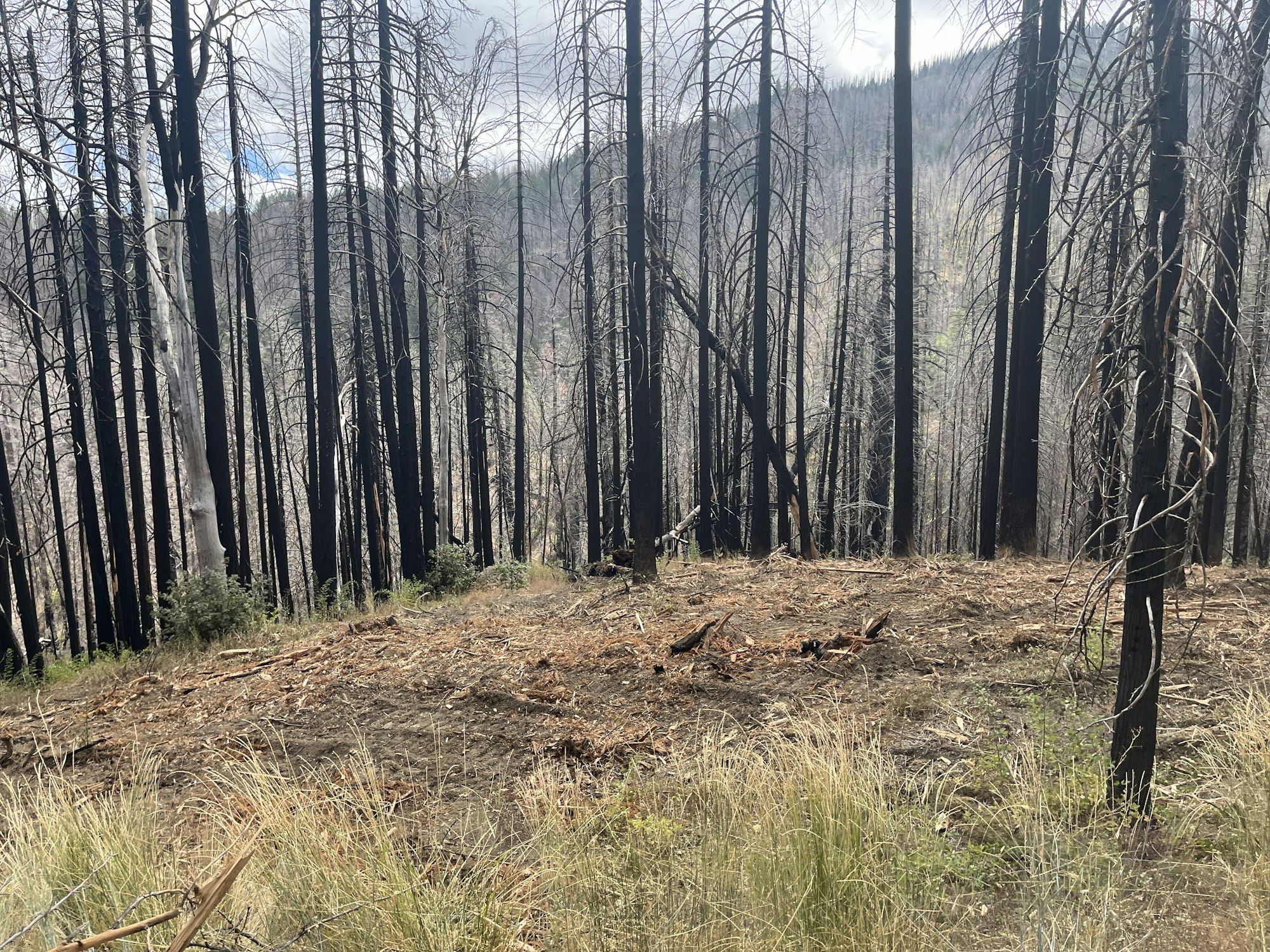










Project Map
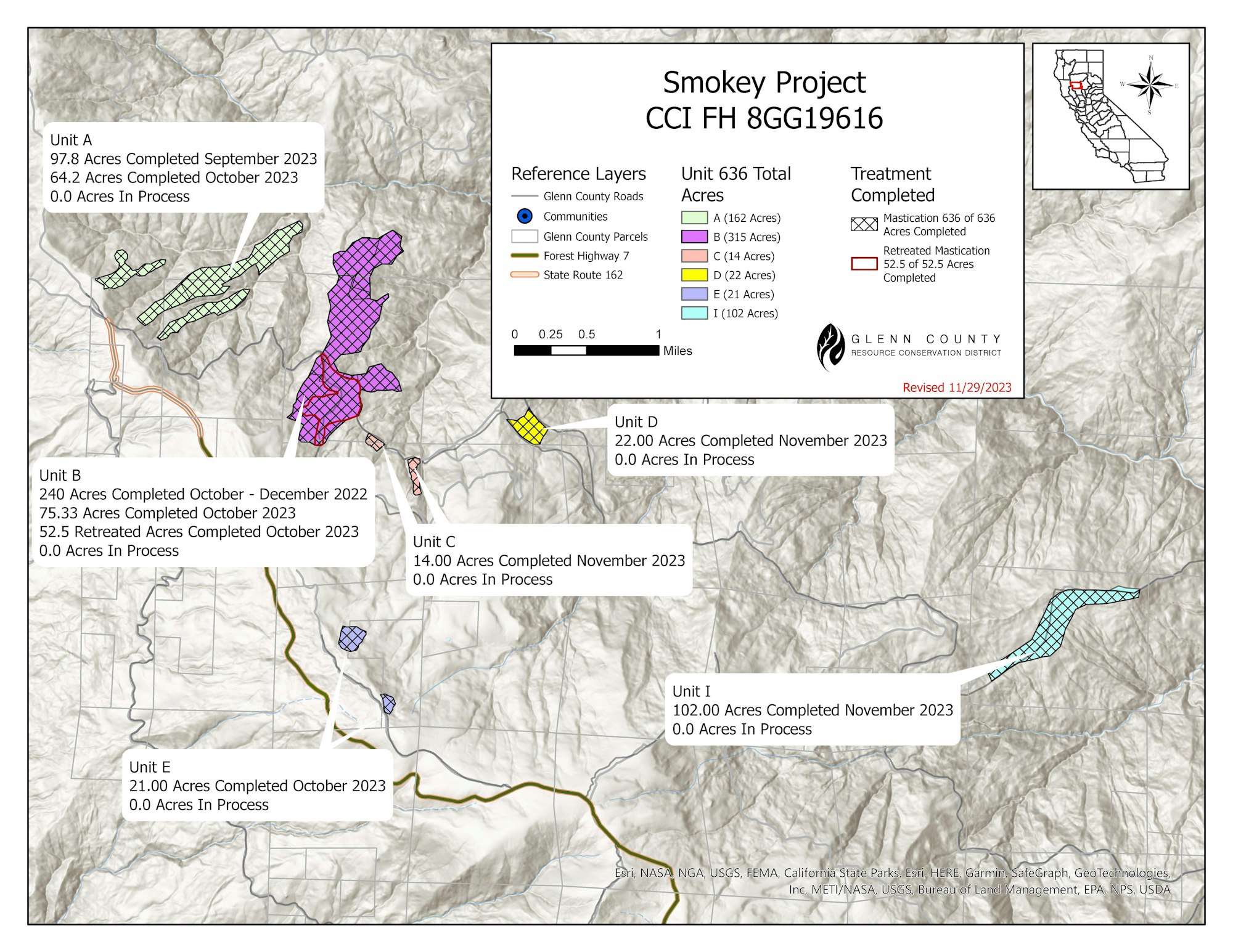
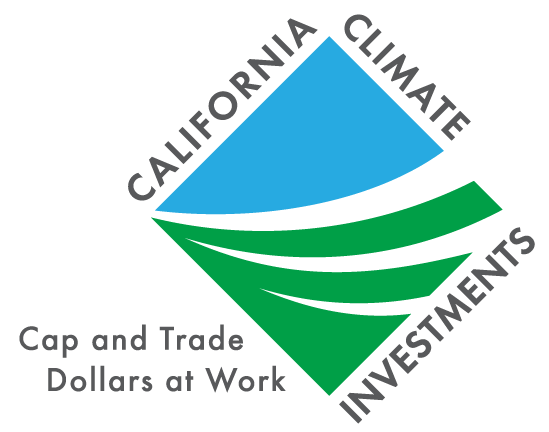
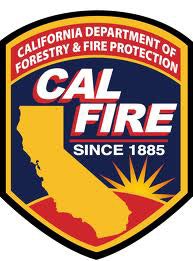
Funding for this project provided by the California Department of Forestry and Fire Protection as part of the California Climate Investments Program.
The Mendocino National Forest Fuel Reduction Partnership: Smokey Project, is part of California Climate Investments, a statewide program that puts billions of Cap-and-Trade dollars to work reducing GHG emissions, strengthening the economy, and improving public health and the environment– particularly in disadvantaged communities. The Cap-and-Trade program also creates a financial incentive for industries to invest in clean technologies and develop innovative ways to reduce pollution. California Climate Investments projects include affordable housing, renewable energy, public transportation, zeroemission vehicles, environmental restoration, more sustainable agriculture, recycling, and much more. At least 35 percent of these investments are located within and benefiting residents of disadvantaged communities, low-income communities, and low-income households across California. For more information, visit the California Climate Investments website at: www.caclimateinvestments.ca.gov.
